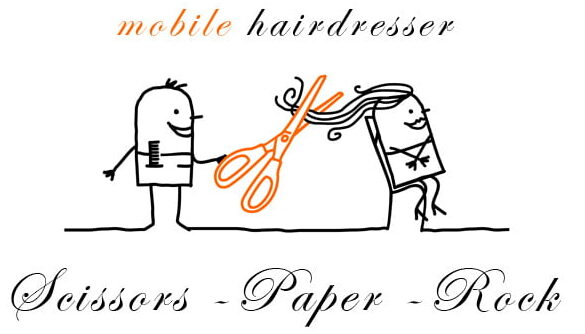Introduction
Japanese hairdressing is a transformative art form that skillfully blends traditional techniques with contemporary trends to create hairstyles that are both aesthetically pleasing and functionally practicable. The Japanese emphasis on precision, perfection, and attention to detail is an integral part of their culture and has been incorporated into their hairdressing practices. This has seen Japanese hairdressing grow in global popularity, with the city of London being a prime example of a locale where these techniques have gained traction.
The Art of Japanese Hairdressing
At the core of Japanese hairdressing is the drive to highlight an individual’s natural beauty through calculated cuts, strategic styling, and personalized treatments. The process is rooted in personal consultation where the hairdresser understands the client’s needs, hair texture, face shape, and lifestyle, resulting in a tailored service that delivers hairstyles crafted for each client.
In Japanese hairdressing, the “dry cutting” technique is often used, which involves cutting the hair when it’s dry, as opposed to wet cutting often used by Western hairdressers. This method allows for a higher level of precision as the hairdresser can see the hair’s natural fall, movement, and volume. One renowned hair salon in London, the KAIZEN salon, often employs this technique, allowing their clients to enjoy the unparalleled precision synonymous with Japanese hairdressing.
Furthermore, Yuko Yamashita’s Japanese Hair Straightening system, known as Yuko System, has profoundly influenced the hairdressing industry worldwide. It offers a method for permanently straightening naturally or artificially curled hair, leaving it glossy, easy to manage, and with minimised damage. This system, which Yamashita developed in London, has been a gleaming beacon of Japanese hairdressing techniques in the city and beyond.
The Advantages of Japanese Hairdressing
Japanese hairdressing methodologies provide numerous advantages that distinguish them from other styles and techniques. Notably, their deep dedication to customer service ensures each styling session is a memorable experience. This personalized care, coupled with the diligently honed skills of the hairdresser, promotes a unique balance of relaxation and transformation.
Another benefit is the emphasis Japanese hairdressing places on post-cut treatment and aftercare advice. After the styling session, guidance is provided on how to maintain and replicate the style at home, ensuring long-lasting results that can be managed easily by the clients.
Inclusivity is also a great advantage of Japanese hairdressing. Whether it’s providing creative solutions for challenging hair types or crafting styles that maximize an individual’s facial features, the client’s needs always supersede any preset style norms or ideals. This approach ensures hairstyles that suit the client’s image, personality, and lifestyle. The qualities are evident in trendsetting London hair salons like Nami and B:Zar, where Japanese hairdressing techniques are employed.
Conclusion
The art and advantages of Japanese hairdressing offer an eclectic blend of culture, tradition, functionality, and modernity. This harmonious blend of East and West is making monumental waves in the London hairdressing scene by providing transformative styles that mirror the individuality and dynamism of its diverse clientele.
In the last few decades, Japanese hairdressing practices have carved a niche for themselves in the constantly evolving world of hair and aesthetic beauty. With their customer-centric approach, precision techniques and a legacy rooted in their rich culture, Japanese hairdressers operating in London continue to push the creative boundaries, offering an invigorating breath of fresh air to the city’s bustling style and beauty sphere. The unique benefits they provide ensure they will remain a vital and exciting part of London’s diverse hairstyling landscape.
